Imagine yourself out on the water, enjoying a leisurely day of boating, kayaking, or paddleboarding. You’re wearing your trusty life jacket, confident that it’ll keep you safe in case of any unexpected mishaps. But have you ever wondered how this essential piece of safety gear actually works? What makes it inflate when you need it the most?
In this article, we’ll dive into the fascinating world of self-inflating life jackets and uncover the science and technology behind their life-saving capabilities. From manual inflation methods to automatic inflation systems, we’ll explore the mechanisms that help your life jacket inflate and provide you with the buoyancy and security needed in a water emergency.
Understanding Inflation Mechanisms
Let’s dive into how these nifty devices actually work. Inflatable life jackets use carbon dioxide (CO2) gas to provide buoyancy and help keep you afloat. They have small CO2 canisters inside that, when triggered, rapidly release gas into the inflatable chambers of the life jacket.
The mechanisms used to trigger the release of CO2 can be manual or automatic. In manual inflation systems, you have to pull a cord to trigger the release of gas. In automatic systems, a water-soluble component dissolves when submerged, releasing a spring-loaded pin that punctures the CO2 canister.
Keep in mind that it’s essential to maintain your life jacket and replace the CO2 canister as needed to ensure proper function in case of an emergency.
Manual Inflation Methods
Manual life jackets typically have a pull cord that, when yanked, punctures a CO2 canister, releasing the gas into the inflatable bladder and causing the jacket to inflate. Also included is an oral inflation tube, allowing you to top up the air or inflate the jacket by mouth if needed.
This type of life jacket gives you control over when it inflates, making it ideal for situations where you might need to swim or dive without the extra buoyancy. Remember to regularly check the CO2 canister and replace it as needed to ensure your life jacket is always ready to keep you safe. Check the Co2 for gross weight this is engraved on the bottle itself.
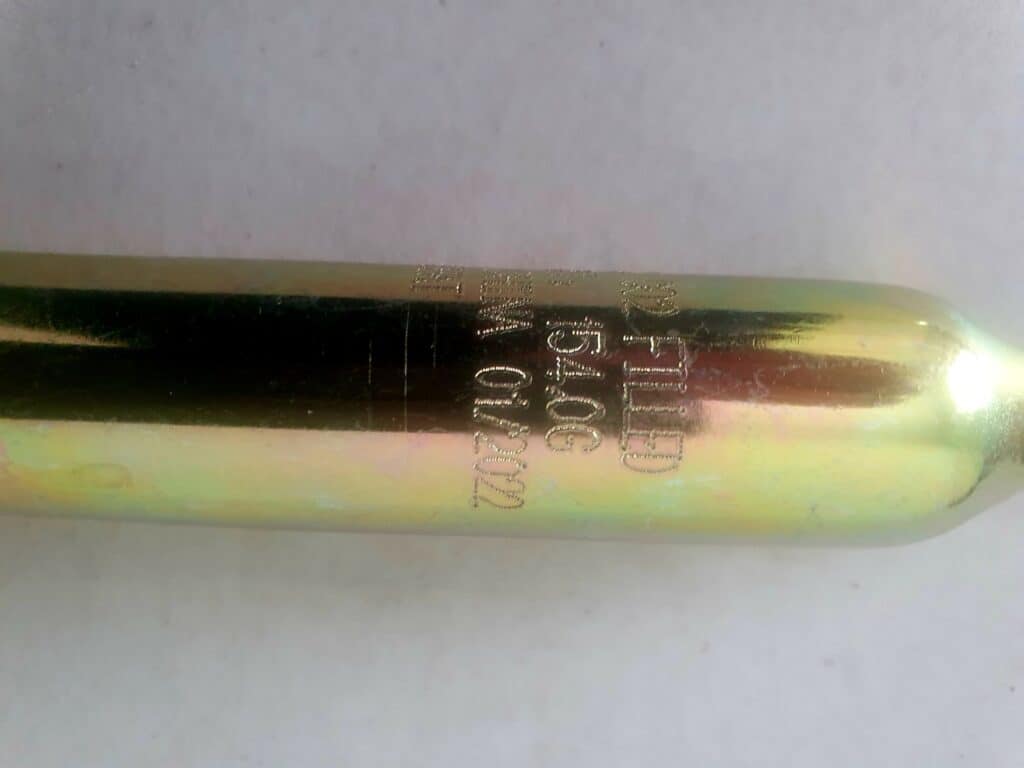
Automatic Inflation Systems
Now, let’s dive into the world of automatic inflation systems, which offer an even greater level of convenience and safety for your water adventures. These systems are designed to automatically inflate the life jacket when certain conditions are met, ensuring that you stay afloat even if you’re unable to activate the inflation mechanism manually.
There are three main types of automatic inflation systems:
- Hydrostatic: These life jackets use water pressure to activate the inflation mechanism. When submerged to a certain depth, the hydrostatic pressure triggers the release of CO2, inflating the life jacket. This type is less prone to accidental inflation due to splashes or rain.
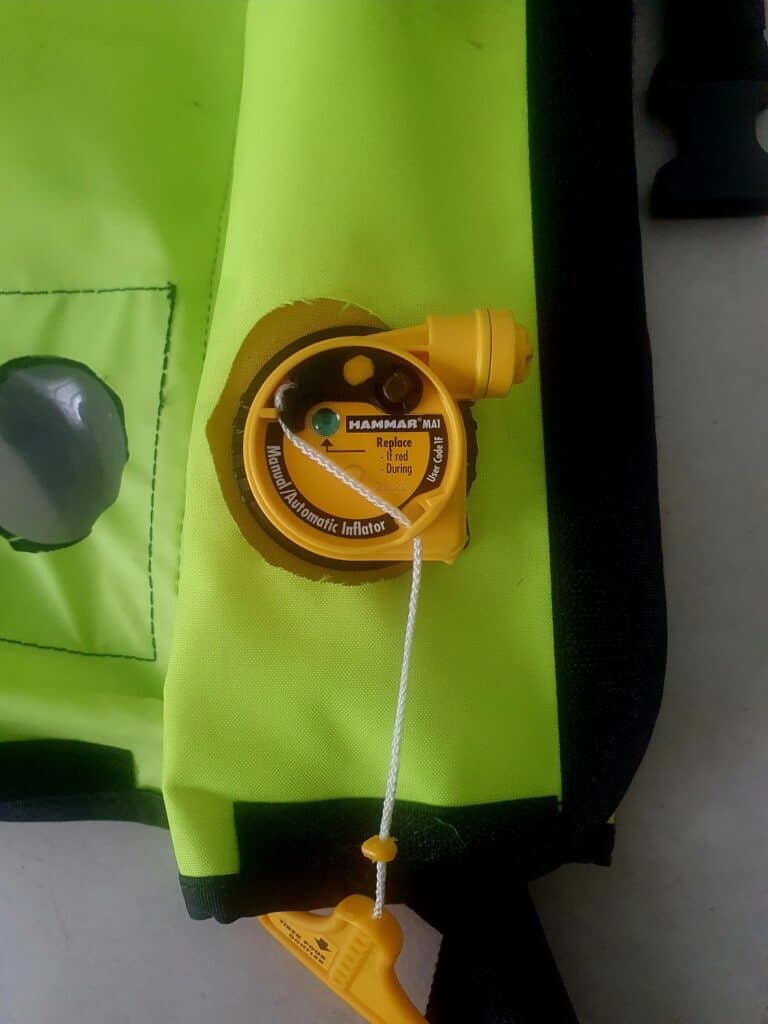
- Dissolvable: This type of life jacket features a dissolvable component, that holds the CO2 canister secure. When exposed to water, the tablet dissolves, releasing the canister and inflating the life jacket.
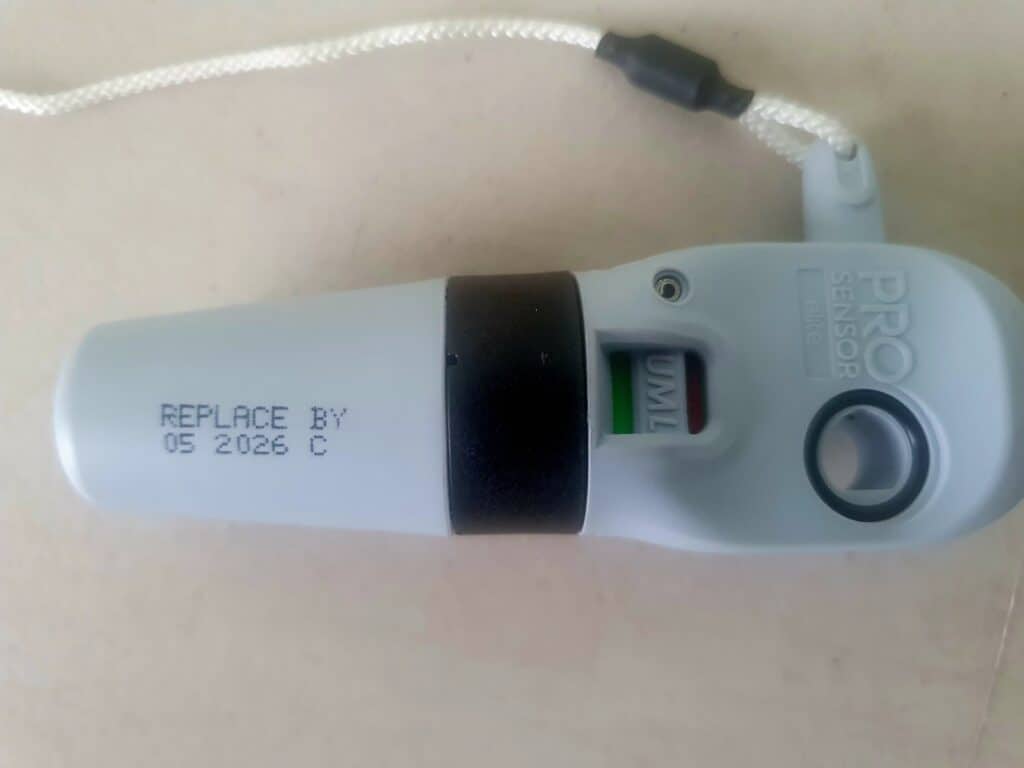
Proper Maintenance for Inflatable Life Jackets
It’s essential to maintain your inflatable life jacket properly, as this ensures its effectiveness and reliability during crucial moments in the water.
Regularly inspect the jacket for wear and tear, ensuring there are no leaks or damage to the fabric. Check the CO2 canister and check for correct gross weight. Check for corrosion and replace it if necessary, Check the auto cartridge for the expiry date, if your jacket has one. This will need to be changed at the expiry date.
Don’t forget to test the manual inflation system to ensure it’s functioning correctly.
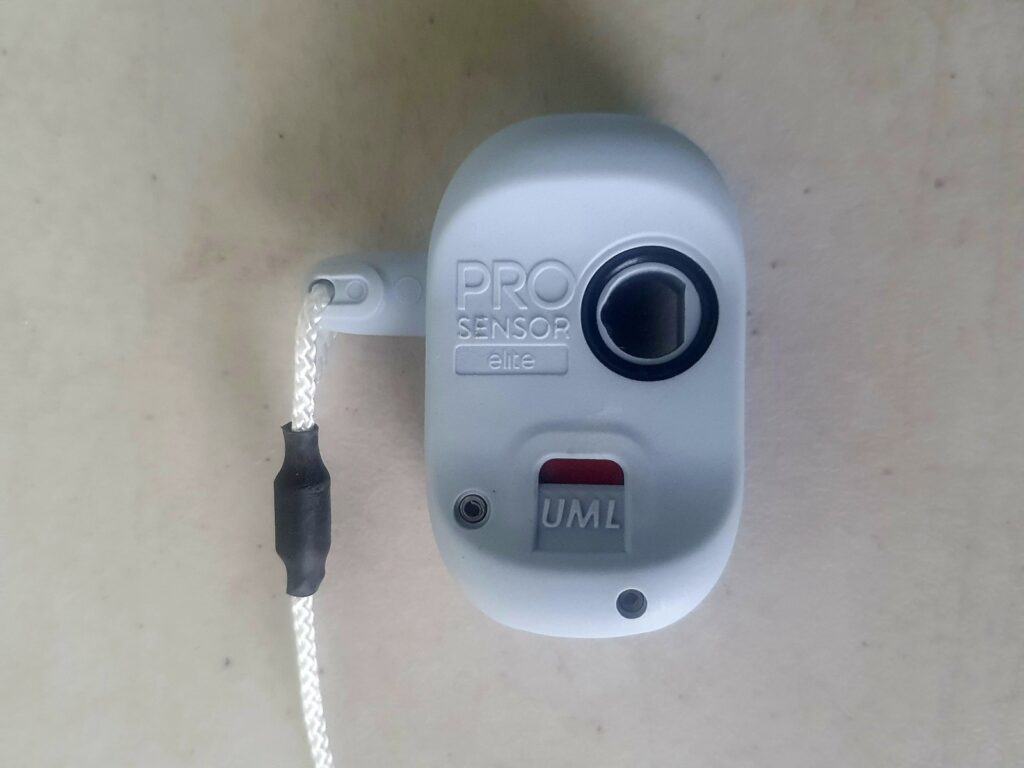 | Remove the Co2. Now look into where the co2 was fitted. Pull mechanism cable connected to a lever which pushes a plunger forward, in turn forcing a cutter into the CO cylinder. The cutter allows the CO to travel through the CO gas hole in the inflator head and inflate the lifejacket. |
Additionally, follow the manufacturer’s recommendations for servicing, which often includes an annual checkup by a professional.
Taking these precautions will keep your life jacket in top condition and ready to save your life when needed.
Are Inflatable Lifejackets More Effective Than Foam Lifejackets?
When considering safety on the water, the debate of inflatable versus foam lifejackets arises. While inflatable lifejackets provide a sleek and comfortable fit, foam lifejackets offer inherent buoyancy without relying on inflation mechanisms. The effectiveness of both types depends on factors like water conditions, activities, and personal preference. Ultimately, the choice between inflatable versus foam lifejackets should prioritize individual needs and proper usage.
Frequently Asked Questions
What are the differences between self-inflating life jackets and traditional foam life vests?
When comparing self-inflating life jackets and traditional foam life vests, you’ll find that self-inflating jackets offer more comfort and ease of use. They are more compact and lightweight, making them less bulky and restrictive than foam vests.
Self-inflating jackets only inflate when needed, either manually or automatically, ensuring that you’re not weighed down by unnecessary buoyancy during your water activities. However, they do require maintenance and CO2 canister for correct gross weight, so it’s essential to keep them in good working order for optimal safety.
Overall, self-inflating life jackets provide a more comfortable and user-friendly option for staying safe on the water.
How do the buoyancy levels of inflatable life jackets compare to traditional foam life vests and buoyancy aids?
Inflatable life jackets offer greater buoyancy levels compared to traditional foam life vests and buoyancy aids. While buoyancy aids help you stay afloat during water activities like kayaking and inshore sailing, they don’t automatically inflate and provide limited support.
On the other hand, inflatable life jackets, especially the 150N models, are designed to keep your head above water and support an unconscious casualty. They inflate only when needed, making them more comfortable and easier to use than foam life vests.
Remember to ensure your life jacket is correctly fitted and serviced annually for optimal performance and safety.
Are inflatable life jackets suitable for children?
Yes, inflatable life jackets are suitable for children, but there are specific considerations to keep in mind when choosing the right size and type.
First, ensure the life jacket is designed for a child’s weight range and has a proper fit to provide adequate buoyancy and safety. Look for a life jacket with a crotch strap, which helps prevent the jacket from riding up or slipping off.
Additionally, it’s important to choose a life jacket with a grab handle, allowing for easier retrieval of the child in the water. You might also consider opting for a life jacket with a built-in safety harness for added security.
Finally, regularly check the inflatable life jacket for any wear and tear and replace the CO2 canister for corrosion and correct gross weight as needed to maintain its effectiveness.
Can inflatable life jackets be used in extreme weather conditions or for activities such as white-water rafting or offshore sailing?
Yes, inflatable life jackets can be used in extreme weather conditions and for activities like white-water rafting or offshore sailing. However, it’s crucial to choose a life jacket specifically designed for these conditions and activities.
Look for models with added features like extra buoyancy, reinforced materials, and safety harness attachment points. Additionally, ensure the life jacket is rated for the type of water you’ll be in, such as offshore or coastal, and always follow the manufacturer’s recommendations for use and maintenance to ensure optimal performance in extreme conditions.
What are the environmental impacts of using CO2 canisters in inflatable life jackets?
The environmental impacts of using CO2 canisters in inflatable life jackets are relatively minimal, as the carbon dioxide released during inflation is a small amount compared to other human activities.
As for eco-friendly alternatives, there aren’t any widely available options currently on the market that can match the performance and reliability of CO2-inflated life jackets. It’s important to prioritize your safety while engaging in water activities, so using a CO2-inflated life jacket remains the best choice for now.

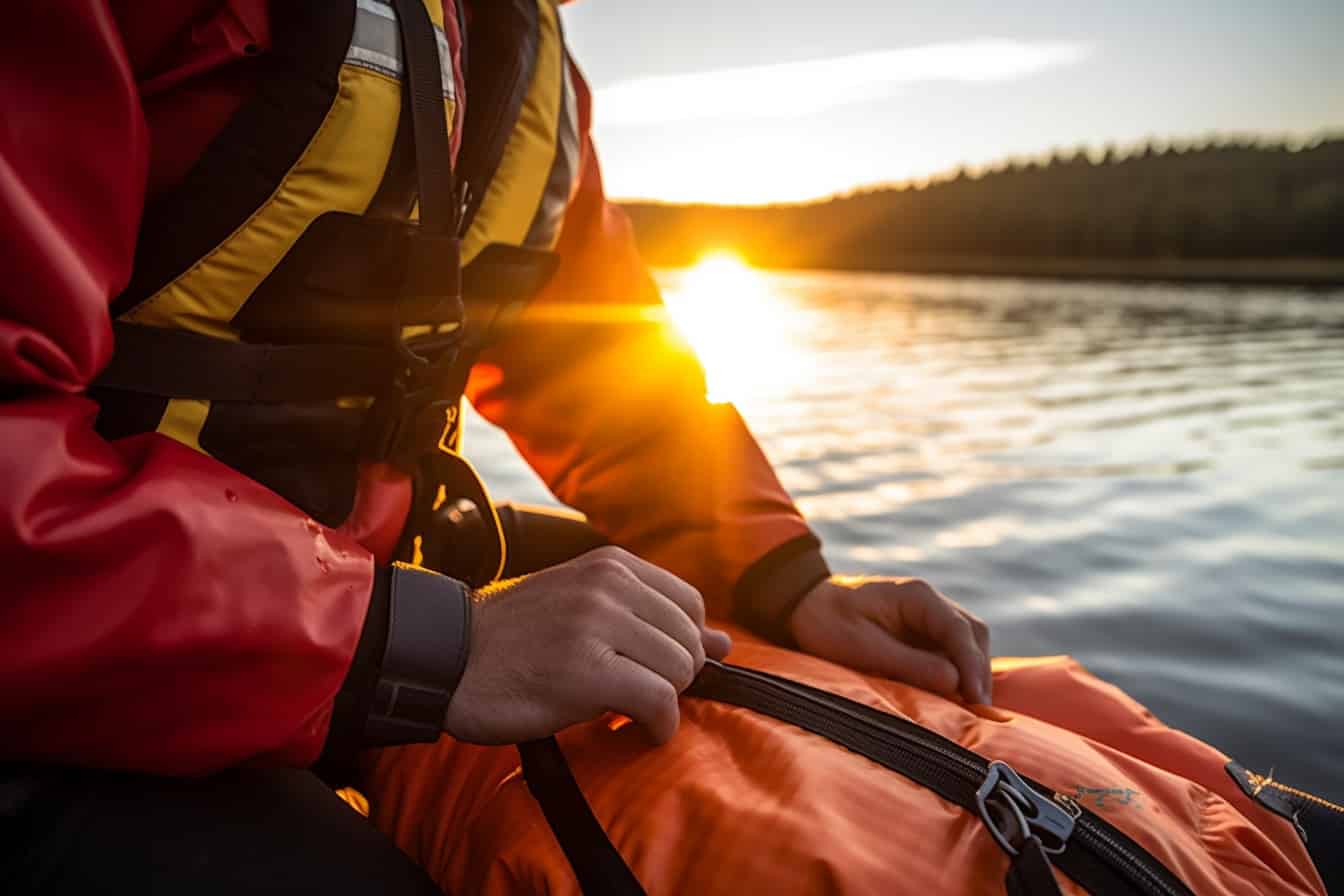

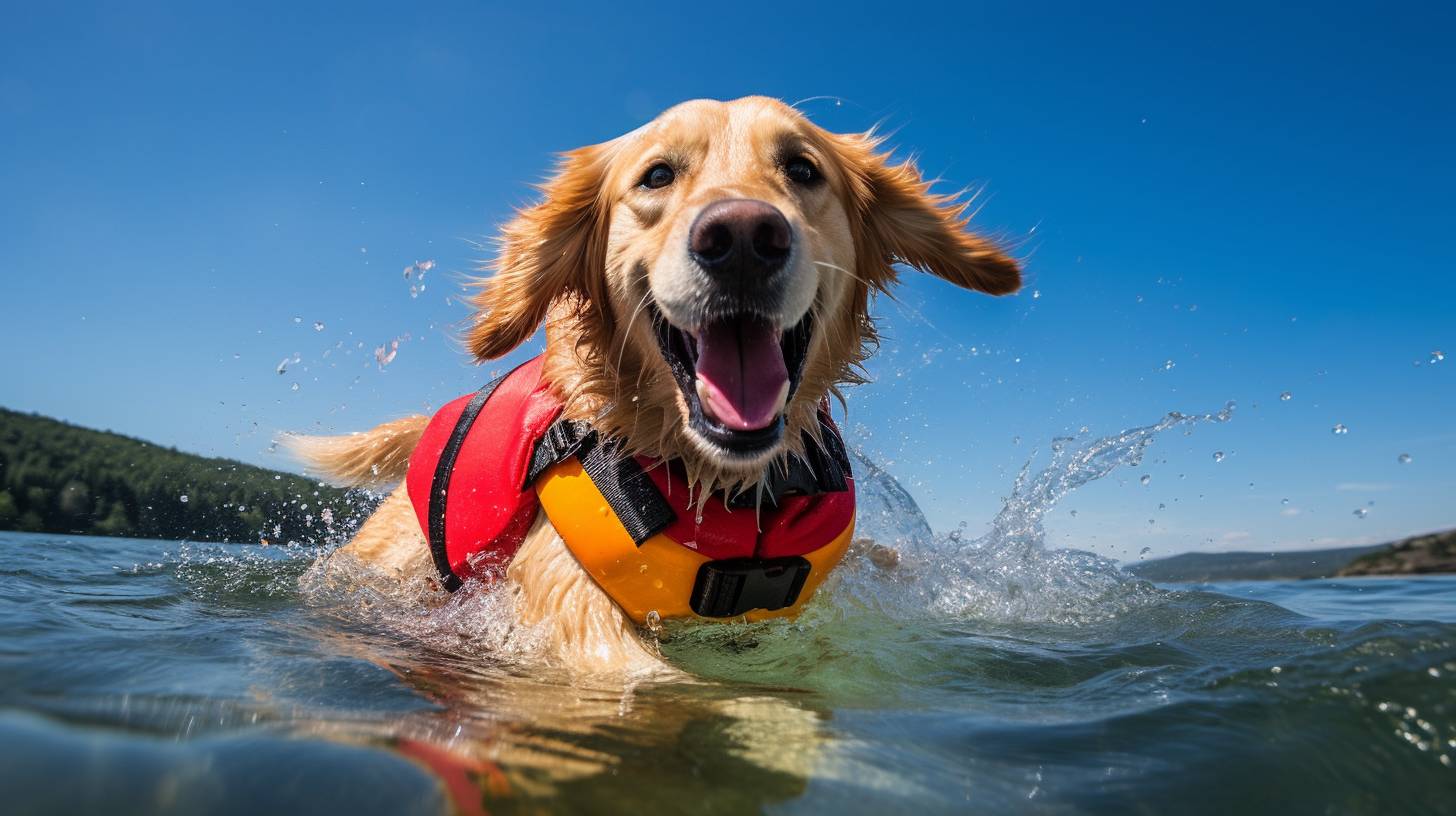
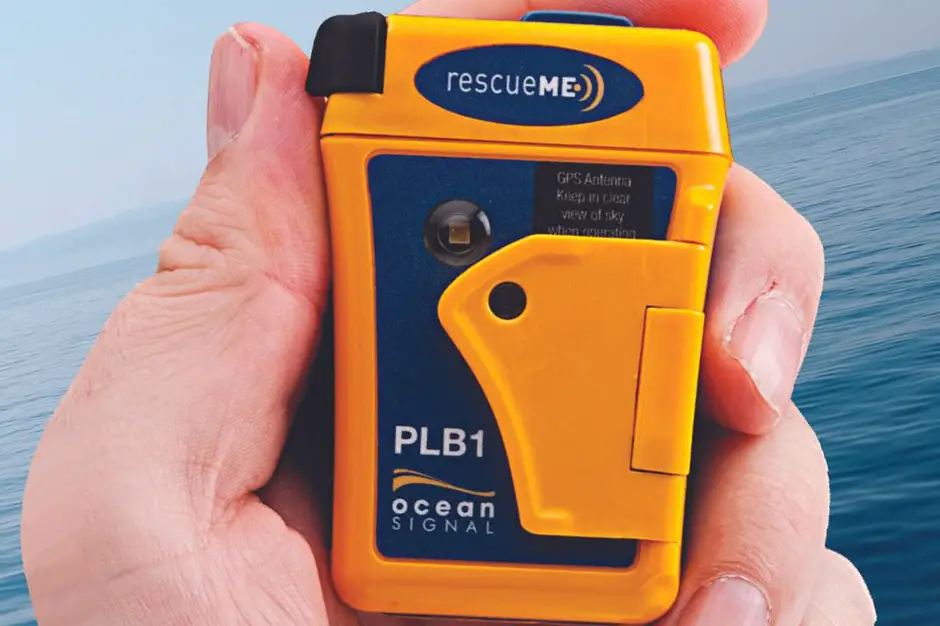
Leave a Reply